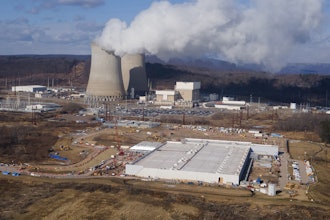Costa Mesa, CA - 3D printer manufacturer Airwolf 3D is now shipping jam-resistant hot ends for 3D printers that print engineering-grade materials like polycarbonate, Bridge nylon, and Nylon 645 while still retaining the ability to print in lower temp materials like PLA and ABS. Engineering-grade materials generally require higher sustained temperatures than most hot ends can deliver. Polycarbonate, for example, requires extrusion temperatures of 300+ degrees Celsius (572 degrees Fahrenheit) to print correctly. Until now, such temperatures were only available on expensive industrial 3D printers or all metal hot ends requiring constant cooling. Airwolf 3D’s patent-pending JRx hot section uses Teflon® to smoothly feed materials through the hot end. Since Teflon is sensitive to higher temperatures, Airwolf 3D engineers designed a proprietary thermal barrier between the Teflon and the heater. As a result, users can easily print polycarbonate and nylon to build exponentially stronger prototypes and production-ready parts for automobiles, aerospace and other industries requiring engineering-grade materials.
For more information, please visit www.airwolf3d.com.






















